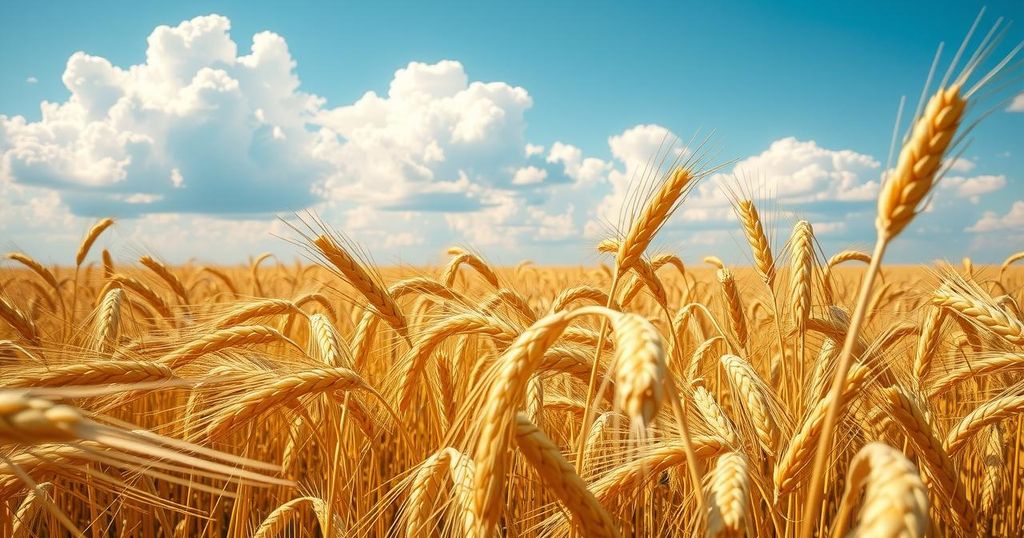Bank Al-Maghrib forecasts a small increase in Morocco’s grain harvest to 35 million quintals, although still below the government’s target of 70 million. The bank anticipates a 2.5% rise in agricultural value, but warns that rain alone does not resolve the longstanding drought issues affecting the country.
Morocco’s central bank, Bank Al-Maghrib (BAM), anticipates a modest rise in the country’s grain harvest for this year, although it will fall short of government expectations. During a press conference, Governor Abdellatif Jouahri projected the harvest to reach 35 million quintals, up from last year’s 31.2 million, yet significantly below the 55.1 million quintals harvested in the 2022-2023 season.
BAM predicts a 2.5% increase in the agricultural sector’s added value, driven by the expected grain harvest and a projected growth in non-grain agricultural production. However, the bank has adjusted its earlier harvest forecast of 50 million quintals made in December, which hinged on favorable rainfall. Well-distributed rains from December to March were deemed necessary to potentially exceed both BAM’s and governmental estimates.
The government’s finance law projections remain optimistic, setting a target of 70 million quintals for the grain harvest. Recently, Morocco experienced substantial rainfall and snowfall, improving dam reservoir levels to a 35% filling rate, up from 26% last year, although still below the 68% from 2018.
The recent rain provides encouragement to farmers cultivating autumn grains like wheat and barley. Despite this, experts caution that the rainfall alone cannot resolve Morocco’s enduring water scarcity. Mohammed-Said Karrouk, a climatology professor, emphasized that Morocco’s drought conditions are ongoing and structural, predating the establishment of the Moroccan state itself.
In summary, while Bank Al-Maghrib projects a slight increase in Morocco’s grain harvest, it remains below government expectations. The growth in agricultural sector value is promising, but the long-term water crisis persists. Recent rains may offer temporary relief, yet the challenges of drought continue to loom over the agricultural landscape.
Original Source: www.moroccoworldnews.com






